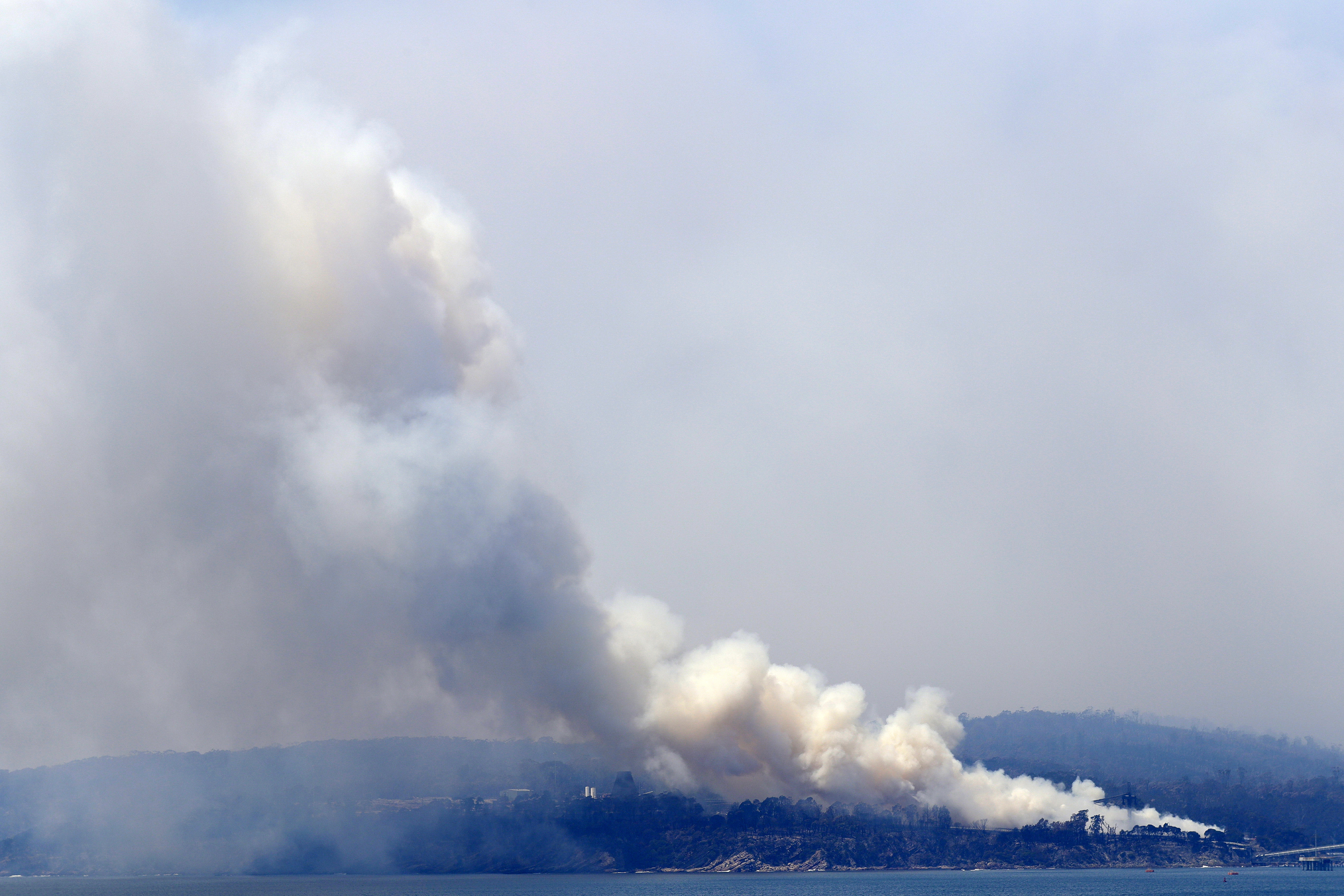Australia’s Wildfires Put a Smoke Halo All the Way Around the Planet

Credit to Author: Alex Lubben| Date: Mon, 13 Jan 2020 22:30:08 +0000
The world has a smoke halo.
Smoke from Australia’s massive bushfires, which have been burning since September, has now officially circled the globe. It’s made its way across the Pacific Ocean, passed over South America, and has now returned to Australia.
Over 130 wildfires have burned through nearly 3,000 homes, killed at least 25 people, and show little signs of abating. Two of the fires merged last week into a “megablaze” on the border of New South Wales and Victoria, Australia’s two most populous states.
“It’s just one, continuous, long line of smoke, and that to me is very unusual,” said Colin Seftor, an atmospheric scientist with NASA. “I haven’t seen that before.” Generally smoke disperses, but the plume from these fires is dense and unbroken.
The smoke has had measurable effects on the air quality in Australia and New Zealand and has already darkened skies in Argentina and Chile. People in South America might be able to smell the smoke, but it’s unlikely to make the air unbreathable. As the smoke drifts around the world through the upper atmosphere, onlookers might notice a red tinge in sunsets as well.
The fires are big enough to create their own cloud formations — pyrocumulonimbus clouds that loft the tiny smoke particles high up into the stratosphere, where they can surf the jetstream around the globe. Those clouds can also create rainless thunderstorms that can ignite even more wildfires.
“By our measures, this is the most extreme pyrocumulonimbus storm outbreak in Australia,” said Michael Fromm, a meteorologist with the Naval Research Laboratory.
As of Friday, Australia’s fires had burned through 18 million acres. By comparison, wildfires in California in 2018, one of the state’s worst wildfire seasons, covered only 2 million acres. Species are at risk — more than 1.25 billion animals are presumed dead — and air quality is dangerously poor in some of the country’s most populated metropolitan areas.
The smoke has also darkened glaciers in New Zealand, which could speed their melting.
Pumping huge amounts of smoke into the atmosphere can have short-term effects on the world’s climate. When Mount Tambora, a volcano in Indonesia, blew up in 1815, it plunged Europe and North America into a “volcanic winter.” It also snowed in May in New York. Mary Shelley, inspired by the gloomy weather in Switzerland during the summer of 1816, wrote the classic “Frankenstein.”
Scientists don’t expect such a dramatic cooling effect from these fires. But they could have short-term cooling effects locally in some of the places they pass over. Recent research, however, suggests that the type of smoke coming out of the fires could actually have a slight warming effect.
“My guess is that there will be some measure of cooling,” Seftor said. “There’s an intense interest in studying what’s going to happen because this is quite an unusual event.”
Cover: A plume of smoke rises from a fire in a huge wood chip pile at a mill in Eden, Australia, Saturday, Jan. 11, 2020, after catching alight where nearby wildfires sparked the blaze. (AP Photo/Rick Rycroft)
This article originally appeared on VICE US.